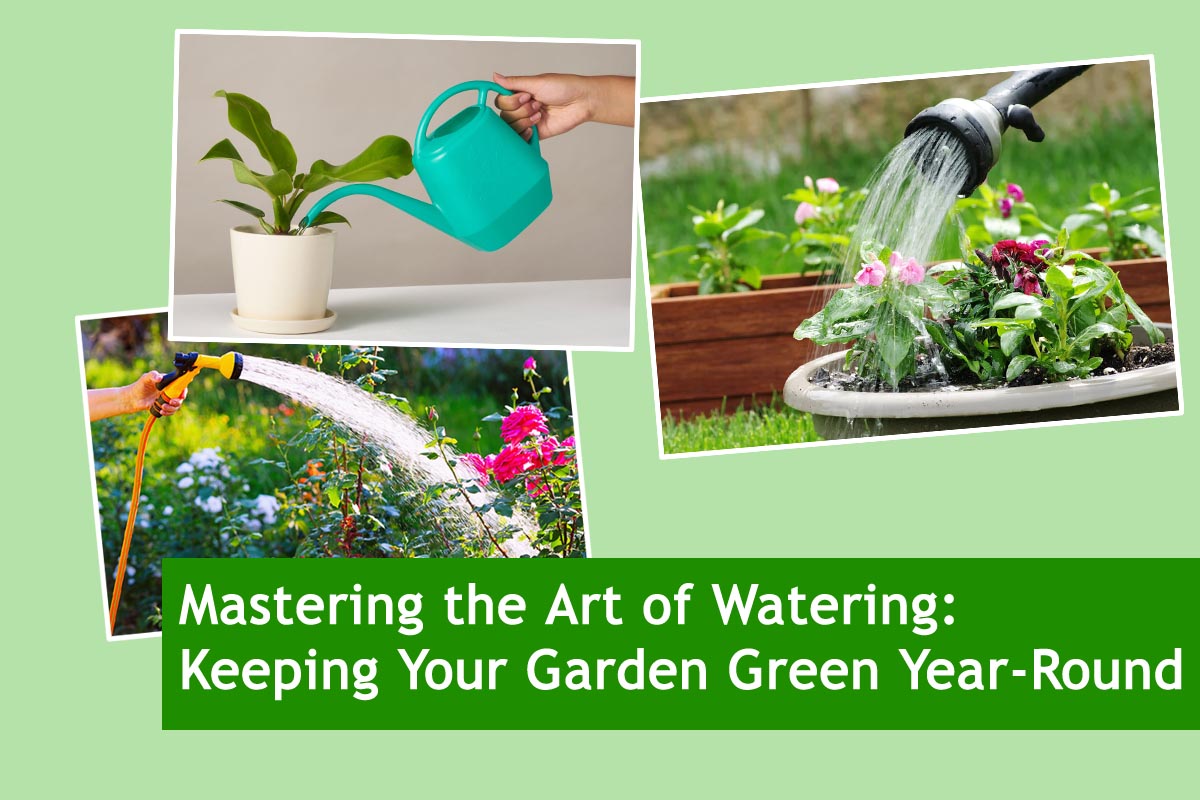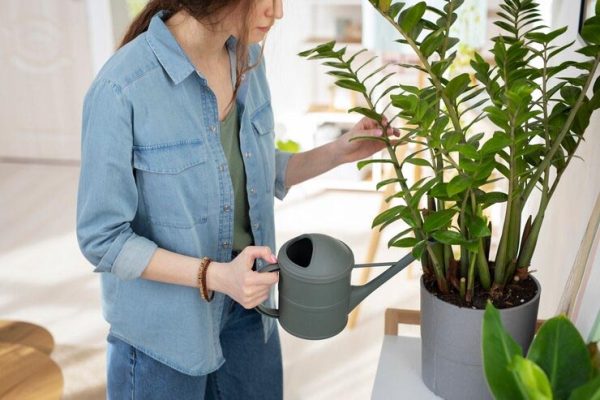
Mastering the Art of Watering: Keeping Your Garden Green Year-Round
Maintaining a lush, vibrant garden throughout the year is a dream for many plant enthusiasts. Yet, achieving this requires more than just planting and hoping for the best. One of the fundamental keys to a thriving garden is mastering the art of watering. In this comprehensive guide, we’ll delve into the intricacies of watering, exploring the principles, techniques, and best practices to keep your garden green and flourishing in every season.
Understanding the Water Needs of Plants
Before diving into watering techniques, it’s crucial to understand the water requirements of different plants. Not all plants have the same needs when it comes to watering. Some prefer consistently moist soil, while others thrive in drier conditions. Understanding the specific requirements of each plant species in your garden is essential for effective watering.
Factors Influencing Watering Frequency
Several factors influence how often you should water your garden:
Plant Species:
Different plants have varying water needs. Succulents, for example, require infrequent watering, while leafy greens may need consistent moisture.
Soil Type:
The type of soil in your garden affects its water retention capacity. Sandy soil drains quickly, requiring more frequent watering, whereas clay soil retains water for longer periods.
Also Read This : Unveiling the Best Liquid Fertilizer for Thriving Indoor Plants
Climate:
The climate in your region plays a significant role in watering frequency. Hot and dry climates necessitate more frequent watering, while cooler, humid climates may require less.
Season:
Watering needs fluctuate throughout the year. Plants typically require more water during the hot summer months and less during the cooler seasons.
Also Read This : Troubleshooting Yellowing Hibiscus Buds: Essential Tips for a Blossoming Garden
Watering Techniques
Deep Watering:
Instead of frequent shallow watering, which encourages shallow root growth, opt for deep watering. This involves thoroughly soaking the soil to encourage deep root penetration and drought tolerance.

Mulching:
Applying a layer of mulch around your plants helps retain soil moisture by reducing evaporation. Organic mulches such as bark chips or compost also improve soil structure and fertility.
Also Read This : Unlocking the Secret to Keeping Your Curry Leaf Plant Green Year-Round: One Simple Addition
Watering at the Right Time:
Water your garden early in the morning or late in the evening to minimize water loss through evaporation. Avoid watering during the heat of the day, as this can scorch plant leaves and waste water.
Drip Irrigation:
Drip irrigation systems deliver water directly to the base of plants, minimizing water wastage and ensuring efficient water distribution. These systems are particularly useful for larger gardens or areas with water restrictions.
Monitoring Soil Moisture:
Regularly check the moisture levels of your soil to determine when watering is necessary. You can use a moisture meter or simply dig a few inches into the soil to assess its moisture content.
Also Read This : Exploring the Medicinal Marvels of the Sehund Plant
Signs of Overwatering and Underwatering
It’s essential to recognize the signs of both overwatering and underwatering to adjust your watering practices accordingly:
Overwatering:
Signs of overwatering include wilting, yellowing leaves, and waterlogged soil. Excess water can lead to root rot and other fungal diseases.

Underwatering:
Symptoms of underwatering include drooping leaves, dry, crumbly soil, and browning leaf edges. Lack of water can stunt plant growth and eventually lead to wilting and death.
Also Read This : Harnessing the Power of Alum Water for Lush, Thriving Plants
Adapting to Seasonal Changes
As the seasons change, so do the watering needs of your garden. Here’s how to adapt your watering routine throughout the year:
Spring:
In spring, plants are actively growing and may require more water to support their growth. Monitor soil moisture closely and water as needed, taking care not to overwater as temperatures rise.
Summer:
The hot summer months often necessitate more frequent watering to prevent soil from drying out. Water early in the morning or late in the evening to minimize water loss through evaporation.
Also Read This : Choosing the Right Size Grow Bag: Matching Plants to Containers
Fall:
As temperatures cool down in fall, plants typically require less water. Adjust your watering frequency accordingly, but continue to monitor soil moisture to ensure plants remain adequately hydrated.
Winter:
In many regions, winter brings rain and snow, reducing the need for supplemental watering. However, be mindful of extended dry spells and water plants as needed, especially those in sheltered areas or under eaves where they may not receive natural precipitation.
Also Read This : Transform Your Buttermilk into a Powerful Garden Pesticide: A DIY Guide
Mastering the art of watering is essential for maintaining a healthy, vibrant garden year-round. By understanding the water needs of your plants, implementing appropriate watering techniques, and adapting to seasonal changes, you can ensure that your garden remains green and flourishing in every season. With careful attention and proper watering practices, you’ll enjoy the beauty and bounty of your garden for years to come.




